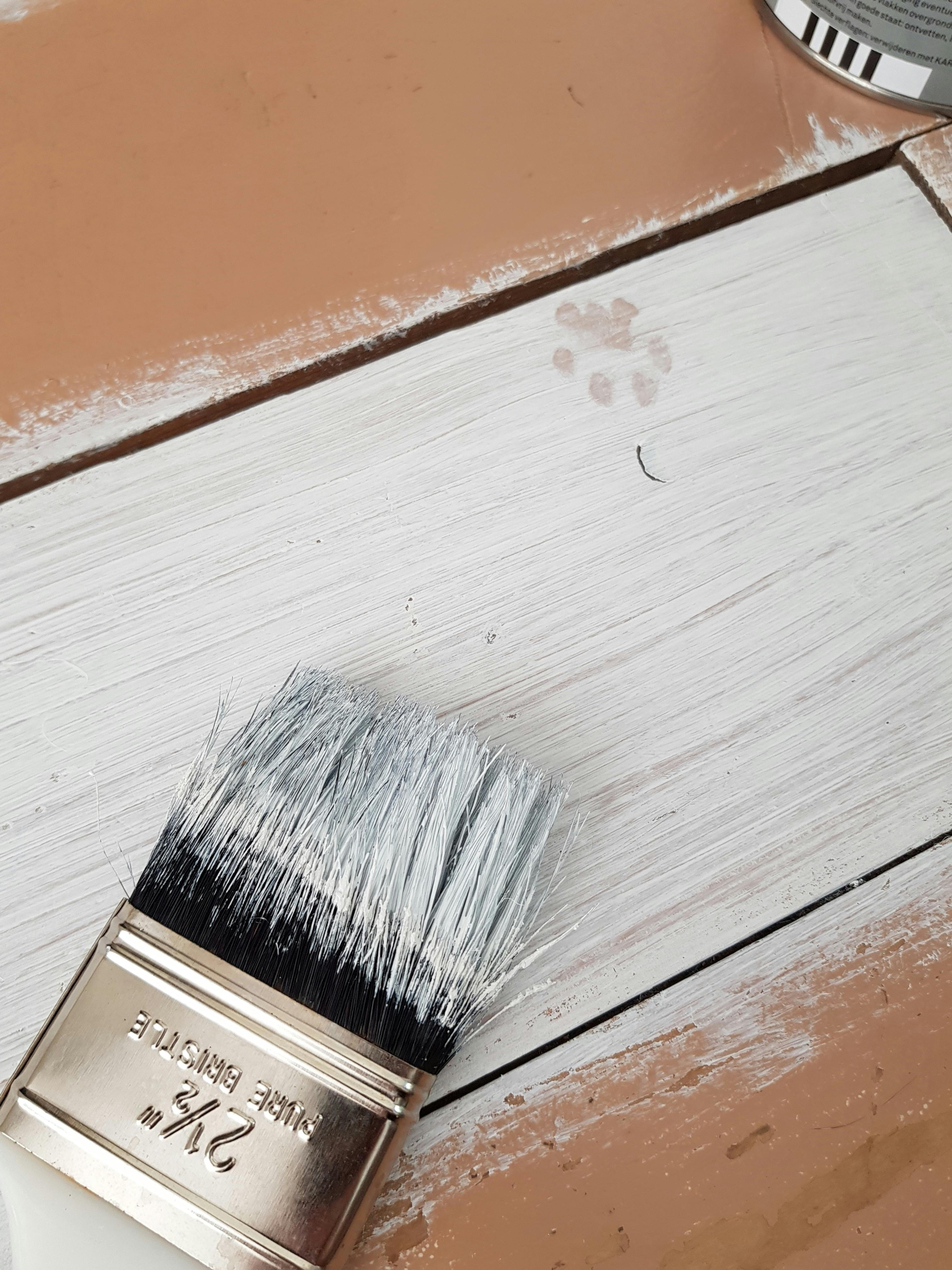
Scientists have long understood the climate and energy efficiency benefits of reflective white paints. Now, engineers at Purdue University have created the world’s whitest paint that reflects more than 98% of sunlight, leaving all other paints appearing grey by comparison. As demand for sustainable solutions grows globally, this innovation promises greener buildings and cities by passively lowering carbon emissions and energy use.
The world’s whitest paint formulation was reportedly completed in early 2021. While initially produced for research applications at Purdue, press releases indicate Perdue intends to optimize and commercialize the product for widespread availability as early as late 2023. This rapid early adoption timeline speaks to the hunger for market-viable incremental gains in cooling efficiency as global temperatures continue rising.
With the formulas and methods published openly, it remains to be seen whether alternate whitest paint variants may emerge from other research teams or commercial producers, sparking a global race toward passive cooling innovation. Even moderate cooling boosts from white paint could incentivize entities like major cities to begin budgeting for wide-scale reflective surface projects within the decade.
Applying the world’s whitest paint to building rooftops and envelopes can reduce their surface temperatures by over 20°C compared to conventional options. By reflecting rather than absorbing heat, the broad deployment of the world’s whitest paint could mitigate the phenomenon of urban heat islands, where dense cityscapes absorb and radiate increased warmth. Modeling suggests summer city temperatures could decrease by over 2°C using this approach.
The development of a highly reflective and renewable calcium carbonate-based paint offers an innovative solution to excessive urban heating. As climate change brings more frequent and intense heat waves, the cooling potential of reflective white surfaces will grow increasingly impactful. Deploying this paint across a city’s building stock can lower indoor and outdoor temperatures while cutting air conditioning demands as well. Transitioning rooftops from heat-trapping dark colors to the whitest paint formula could become a climate resilience strategy for communities worldwide.
Looking beyond buildings, custom reflective paints and paving materials show similar potential for cooling everything from vehicles to sidewalks to transit shelters. An urban landscape covered with maximum heat reflection could compound cooling benefits compared to white rooftops alone. More research into expanding high-albedo surfaces across the built environment will further quantify the associated quality of life and emissions reductions. Simple shifts in surfaces and materials at scale could make future cities markedly more livable.
The world’s whitest paint keeps surfaces cool to the touch, even in the hottest environments. Compared to the air temperature at mid-afternoon, a surface painted with the world’s whitest paint can be several degrees cooler than regular white paint. At night, the difference is even more pronounced, up to 19 degrees.
The corresponding drop in air conditioning electricity demand is equally significant from an emissions reduction perspective. Studies by the US Environmental Protection Agency show cool roofs can reduce a building’s annual air conditioning requirements by 10-30%. The increased grid energy efficiency will provide critical flexibility for integrating renewable energy sources as part of essential decarbonization efforts across the power sector.
While the world’s whitest paint’s exceptional solar performance will justify further optimization before mass production, its imminent commercial arrival heralds a shift in leveraging incremental materials innovation. The compound benefits of collective small-scale action represent meaningful progress, offering pragmatic climate hope. If cool paint alone makes summers more bearable, our combined creative efforts focused first on the possibly more than the ideal may yet brighten prospects for sustainable living.
With vision and patience, Perdue’s ultra-white paint is but a glimpse of a future where green cities are dotted with communities that thrive in the hotter world they’ve warded off, one roof at a time.
Source Happy Eco News

